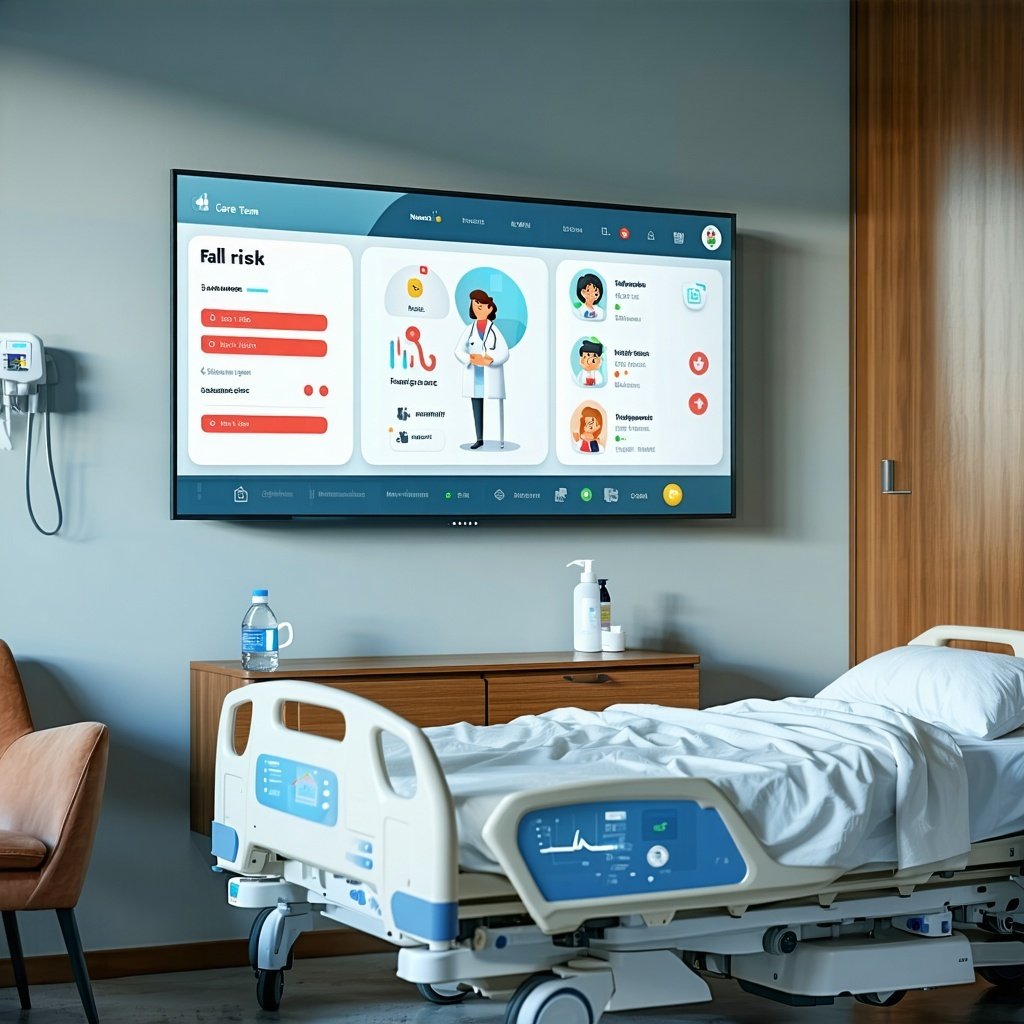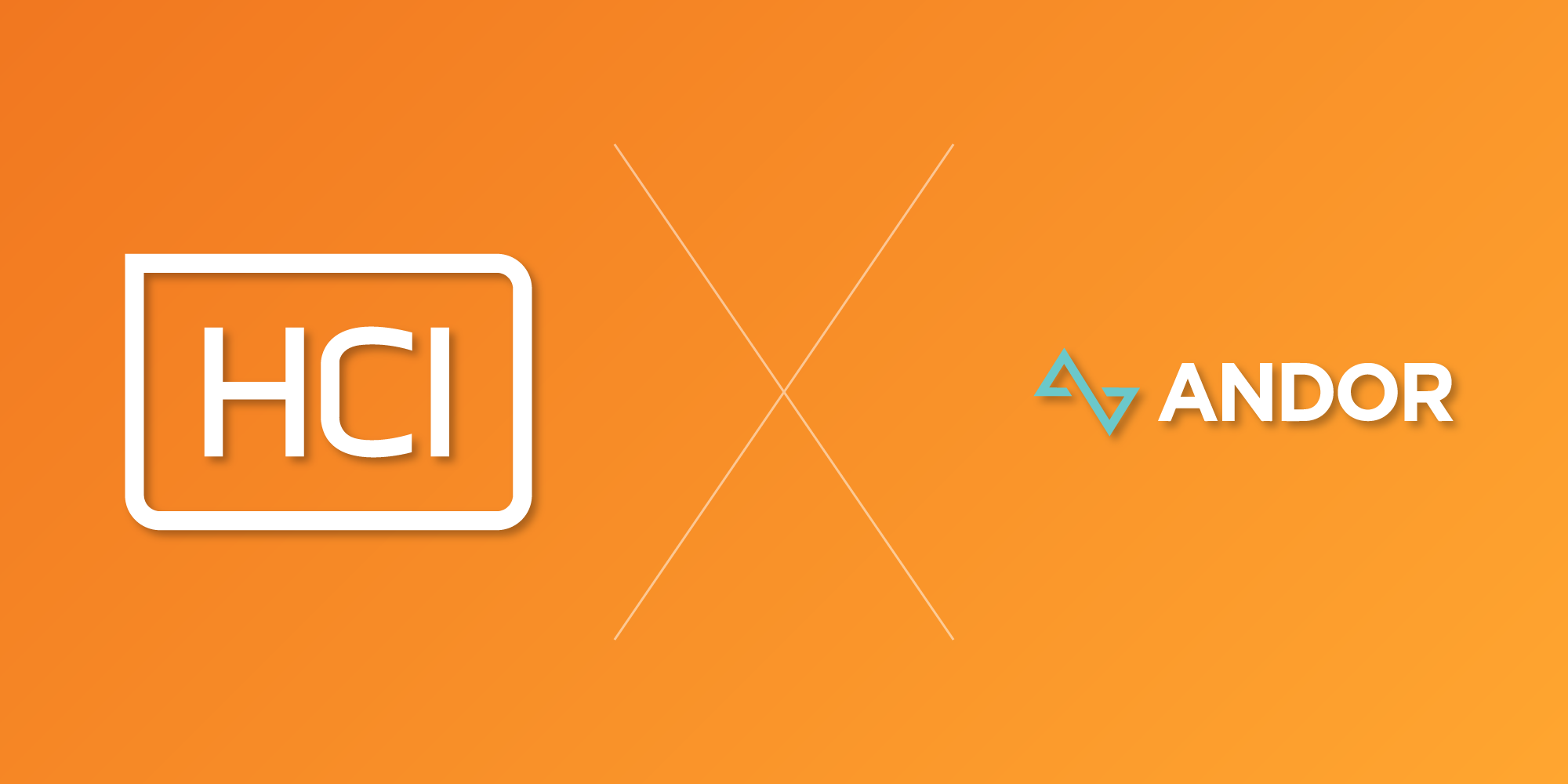Digital Door Signs in Hospitals: Transforming Clinical Communication at the Point of Care
Introduction
You know those old laminated signs on hospital doors? The ones with "Contact Precautions" scribbled in sharpie or stuck with magnets? They're outdated, error-prone, and often ignored.
Enter the digital door sign—a small but mighty upgrade that’s transforming how hospitals communicate critical information. It’s not just a flashy screen; it’s a real-time, EMR-connected tool that enhances safety, boosts efficiency, and makes life easier for staff and patients alike.
What Are Digital Door Signs?
Replacing Static Signage
Traditional signage relies on human updates—flip cards, stickers, or markers. These systems break down easily, especially in fast-paced environments where every second counts.
Dynamic Displays at the Point of Care
Digital door signs are smart displays mounted outside patient rooms. They show real-time information pulled from hospital systems like the EMR, nurse call, and RTLS. No guesswork, no delays.
Key Features of Digital Door Signs
Real-Time EMR Integration
Digital signs pull data directly from the EMR—think allergies, isolation status, fall risk, dietary restrictions—all updated automatically without staff intervention.
Visual Alerts and Precautions
Icons, text, and color-coded visuals show staff exactly what they need to know—without needing to step inside.
RTLS Staff Presence Indicators
Using Real-Time Location Systems, signs can show which staff member is in the room or when a nurse last visited.
Touch or Non-Touch Interface
Some signs allow staff to interact with the display via secure logins, while others operate passively for low-touch workflows.
LED Event Rings
Colored lights around the display can blink or glow to signal codes, patient calls, or room changes—like a traffic signal for care teams.
Multilingual Display Modes
Got a multilingual patient population? These signs can translate room labels, precautions, and more into the patient's native language.
Clinical Benefits of Digital Door Signs
1. Improved Patient Safety
Always-Accurate Precautions
No more relying on the last shift to flip a sign. With EMR sync, the display always shows current precautions, reducing exposure and confusion.
Fall Risk and Allergy Alerts
These critical alerts are highlighted with icons and bold messaging, visible before a caregiver even enters the room.
2. Reduced Staff Communication Gaps
Instantly Visible Updates
Instead of asking around or logging into the chart, staff can see real-time info from the hallway.
Less Reliance on Verbal Handoffs
With reliable signage, communication becomes visual and automatic, reducing handoff errors.
3. Faster Room Status Updates
Clean/Dirty/Occupied Indicators
Signs can show room turnover status so EVS teams and nursing staff know what’s available at a glance.
Automating EVS and Bed Turnover
With smart integrations, digital signs can trigger alerts when discharges happen, speeding up room cleaning and preparation.
4. Better Workflow Coordination
Visibility into Who’s in the Room
RTLS integration means staff don’t need to open the door to know who’s inside. It’s all right there—names, roles, and duration of visit.
Integrated Video Calling
Some digital signs include video calling for virtual nurse support, rounding, or family updates—right at the room entrance.
Use Cases Across the Hospital
Emergency Department
Track isolation, trauma alerts, and team assignments in real-time—especially in high-turnover, chaotic environments.
Med-Surg and Inpatient Rooms
Keep patients, staff, and family members aligned on precautions, dietary orders, and fall risks.
Isolation Rooms
Display visual alerts that are impossible to miss, ensuring infection control is followed by everyone.
Operating Rooms and Procedure Suites
Show case status, procedure type, and surgeon assignments clearly outside the door, streamlining surgical workflows.
Integration and Connectivity
Supported Systems and Devices
HCI’s door signs work with a variety of hospital systems, including:
-
EMRs (Epic, Cerner, Meditech)
-
Nurse Call (Rauland, Jeron, TekTone, Ascom, Hillrom)
-
Smart Beds
-
RTLS solutions
Bidirectional EMR Communication
This isn’t just a read-only display. Updates made by staff can write back to the EMR, keeping documentation aligned.
Nurse Call and Bedside Sync
Signs can show call alerts, bed exit status, or staff response times—all without interrupting the workflow.
Customization Options
Color, Size, and Layout Variations
From 10” tablets to larger displays, you can choose the right size for your space and visibility needs.
Facility Branding and Logos
Customize the UI to reflect your brand, match your facility’s design, and create a more cohesive experience.
Overcoming Implementation Challenges
Network and Power Considerations
Digital signs need power and data. Newer models from HCI can run on PoE, making deployment easier and cleaner.
Staff Training and Adoption
With intuitive layouts and automatic updates, training is minimal. Staff quickly see the value in fewer errors and faster communication.
The Future of Door Sign Technology
AI-Powered Alerting and Predictive Status
Imagine a sign that predicts when a discharge is likely or alerts staff when fall risk increases—before it becomes an issue.
Facial Recognition and Personalized Workflows
Looking ahead, signs may use secure facial ID for hands-free staff check-ins or room-specific workflows based on role and need.
Conclusion
Digital door signs may be small, but their impact is massive. By delivering accurate, real-time information where it's needed most—right outside the room—they keep patients safer, improve workflows, and boost communication across the board.
For hospitals ready to modernize without a massive overhaul, door signs are one of the smartest investments you can make.
FAQs
1. Do digital door signs replace paper signs completely?
Yes—once installed and integrated, digital door signs eliminate the need for paper-based or magnetic signage entirely.
2. Can these signs be installed in existing hospitals?
Absolutely. Many models, including HCI’s, can be retrofitted with minimal construction using Power-over-Ethernet and wall-mount kits.
3. Are digital door signs secure for displaying patient data?
Yes. Signs can display HIPAA-compliant, role-based information and restrict sensitive details based on proximity or permissions.
4. How do staff update the information on the sign?
In most cases, they don’t need to. The signs update automatically via EMR or RTLS integration. Some models allow manual updates via secure login.
5. Why choose HCI’s digital door signs over others?
HCI’s signs are fully integrated, customizable, multilingual, and scalable—with no proprietary lock-in or hidden fees.
Next Steps with HCI
HCI’s digital door signs are fully integrated, hardware-agnostic, and customizable to your facility’s branding and workflows. With seamless EMR, nurse call, and RTLS integration, our solutions ensure your staff always has the information they need—instantly and accurately. We’ll help you design, deploy, and train your team for success.
Contact HCI today to schedule a demo and discover how our digital door signs can improve safety, communication, and efficiency in your hospital.
Share this
You May Also Like

HCI goes Live at Orlando Health

Benefits of Digital Whiteboards in Modern Healthcare



